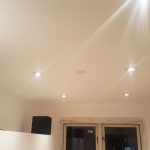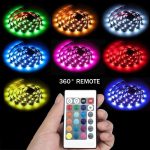LED Light Strips Lifespan: How Long Can You Expect Them to Last?
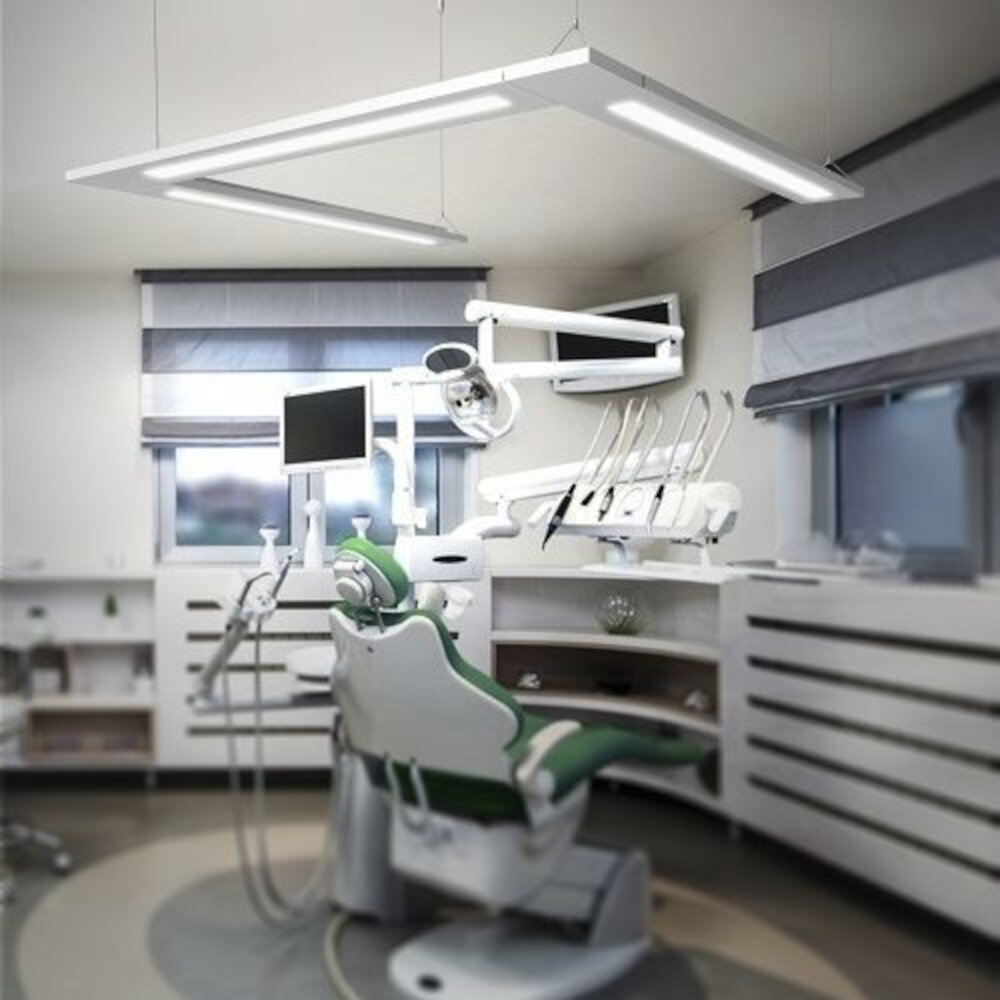
LED light strips have become increasingly popular in recent years, thanks to their versatility and energy efficiency. They can be used for a variety of purposes, from accent lighting in a room to illuminating outdoor spaces. One of the most common questions people have about LED light strips, however, is how long they will last. The lifespan of an LED light strip can depend on a variety of factors, including the quality of the product, how often it is used, and how well it is maintained. When it comes to LED light strips, there are a few key things to keep in mind. First, it’s important to choose a high-quality product. Cheaper LED light strips may seem like a good deal initially, but they are often made with lower-quality materials that can impact their lifespan. Additionally, LED light strips that are used frequently or exposed to harsh environmental conditions may not last as long as those that are used more sparingly or kept in protected areas. With these factors in mind, it’s important to understand what you can do to maximize the lifespan of your LED light strips and get the most out of your investment.
LED light strips are a highly versatile and energy-efficient lighting solution that have gained immense popularity in recent years. These strips consist of a series of light-emitting diodes (LEDs) that are mounted on a flexible circuit board, which can be easily cut and customized to fit any desired length or shape. LED light strips are available in a wide range of colors, brightness levels, and color temperatures, making them suitable for a variety of applications, including decorative lighting, accent lighting, task lighting, and general illumination. Their long lifespan, low heat emission, and low power consumption make them an ideal choice for both residential and commercial settings. In addition, LED light strips are easy to install and operate, making them a popular DIY lighting solution.
The lifespan of LED light strips is a crucial factor to consider when purchasing them. A longer lifespan means that the LED strip will last for a more extended period, providing consistent and excellent lighting. Additionally, it means that there will be fewer replacements, which saves money and is better for the environment. The lifespan of LED light strips is determined by the quality of the materials used in their construction, including the circuit board, LED chips, and adhesive. Investing in high-quality LED light strips with a long lifespan ensures that your lighting needs are met for an extended period without worrying about replacement or maintenance costs.
Factors Affecting LED Light Strips Lifespan

LED light strips have gained popularity in recent years due to their energy efficiency, flexibility, and versatility. However, just like any other electronic device, LED light strips have a limited lifespan that depends on various factors. One of the main factors that affect LED light strips lifespan is heat. LED light strips generate heat while in use, and if the heat is not dissipated properly, it can damage the LEDs and shorten the lifespan of the light strip. Therefore, it is crucial to ensure that the LED light strips are installed in a well-ventilated area and not covered by any objects that can obstruct air circulation. Additionally, using a heat sink or a fan can help dissipate the heat and prolong the lifespan of the LED light strips. Another factor that affects the lifespan of LED light strips is the quality of the LED chips used. High-quality LED chips are designed to withstand high temperatures and have a longer lifespan than low-quality LED chips. When purchasing LED light strips, it is important to choose those with high-quality LED chips, even though they may be more expensive, as they will last longer and save money in the long run. In addition, the driver used to power the LED light strip also affects its lifespan. A high-quality driver will provide a stable current and voltage to the LED light strip, preventing any damage to the LEDs and extending their lifespan. Therefore, it is important to choose a reliable and high-quality driver when installing LED light strips.
Manufacturing quality is a crucial factor that determines the lifespan of LED light strips. The production process of LED light strips involves various steps, ranging from the selection of raw materials to the assembly of the final product. The quality of the materials used, the precision of the manufacturing process, and the standards of quality control all play a significant role in ensuring the longevity of LED light strips. The use of high-quality materials, such as copper circuit boards and high-efficiency LEDs, can significantly enhance the durability of the product. Additionally, strict quality control measures throughout the production process help to identify and eliminate any defects, ensuring that the final product meets the highest standards of quality and reliability. Ultimately, investing in high-quality LED light strips manufactured to the highest standards is essential for ensuring that they last as long as possible.
Operating temperature is a critical factor in determining the lifespan of LED light strips. These strips are designed to operate within a specific temperature range, and exceeding that range can significantly reduce their lifespan. LED light strips generate heat during operation, and if the temperature around them is too high, it can cause the components to degrade quickly. Conversely, if the temperature is too low, it can cause the strips to become brittle and crack. The optimal operating temperature for LED light strips is typically between -20°C to 50°C, although some models can operate at higher temperatures. It is essential to ensure that LED light strips are installed and used within their recommended temperature range to maximize their lifespan and avoid premature failure.
Hours of usage, also known as the lifespan of LED light strips, is a crucial factor to consider when purchasing these products. LED light strips are known for their durability and energy efficiency, which has made them increasingly popular in recent years. However, their lifespan can vary depending on several factors, including the quality of the product, the environment in which they are used, and the hours of usage. It is essential to pay attention to the manufacturer’s recommendations for hours of usage to ensure that you get the maximum lifespan out of your LED light strips. By doing so, you can save money in the long run and enjoy the benefits of these versatile lighting solutions for years to come.
The quality of power supply plays a crucial role in determining the lifespan of LED light strips. Power fluctuations or surges can cause damage to the LED chips, leading to premature failure. It is essential to use a stable and reliable power supply that matches the voltage and current requirements of the LED strips. A high-quality power supply will ensure steady and consistent power delivery, which will help to prolong the lifespan of the LED light strips. Additionally, using a surge protector or voltage regulator can provide an extra layer of protection against power surges, ensuring the longevity of the LED light strips.
Average Lifespan of LED Light Strips
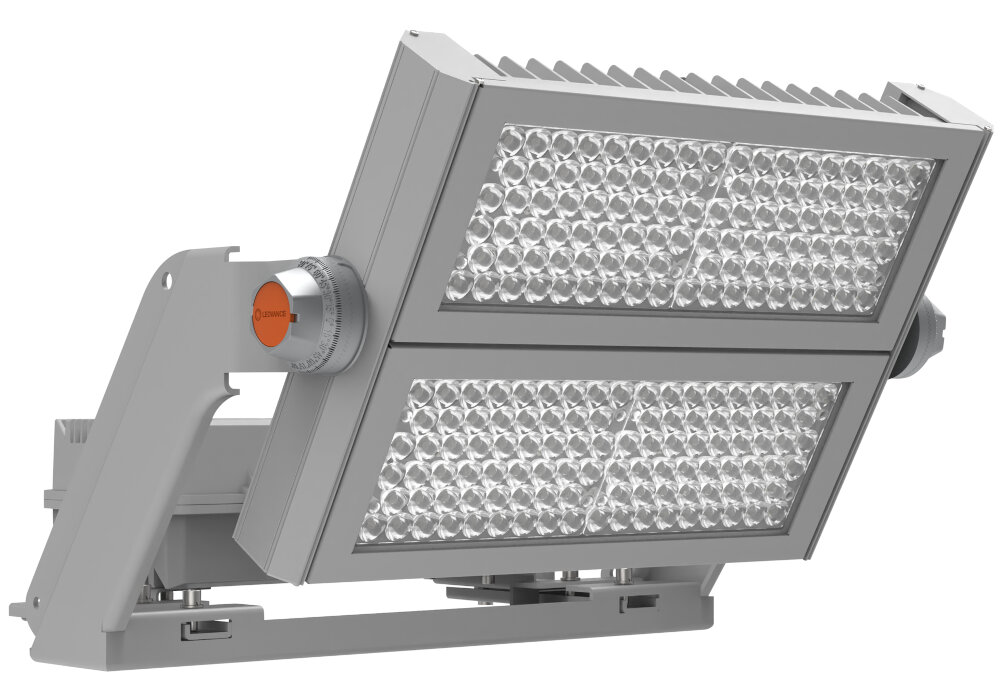
LED light strips have become increasingly popular in recent years due to their energy efficiency and versatility. As with any electronic device, the lifespan of LED light strips can vary depending on a variety of factors. On average, LED light strips are designed to last between 50,000 and 100,000 hours of use. This equates to approximately 5 to 10 years of continuous use, assuming the lights are used for 12 hours per day. However, the actual lifespan of LED light strips can be influenced by factors such as the quality of the materials used, the operating conditions, and the maintenance and care of the lights. For example, LED light strips that are exposed to high levels of heat or moisture may experience a shorter lifespan than those that are used in more moderate conditions. Similarly, LED light strips that are not properly maintained or cleaned may experience a shorter lifespan than those that are regularly cared for. Overall, while LED light strips are designed to last for many years, their actual lifespan will depend on a variety of factors and may vary from one installation to another.
LED light strips are a popular lighting option for both residential and commercial spaces due to their versatility and energy efficiency. There are several types of LED light strips, including flexible, rigid, waterproof, and non-waterproof varieties. The average lifespan of LED light strips varies depending on the type, with flexible strips lasting approximately 30,000 to 50,000 hours, while rigid strips can last up to 100,000 hours. Waterproof LED light strips have a slightly shorter lifespan of around 30,000 hours, while non-waterproof strips can last up to 50,000 hours. It’s important to note that the lifespan of LED light strips is also affected by factors such as usage and quality, so it’s always advisable to purchase high-quality products and use them properly to ensure longevity.
Tips to Maximize LED Light Strips Lifespan
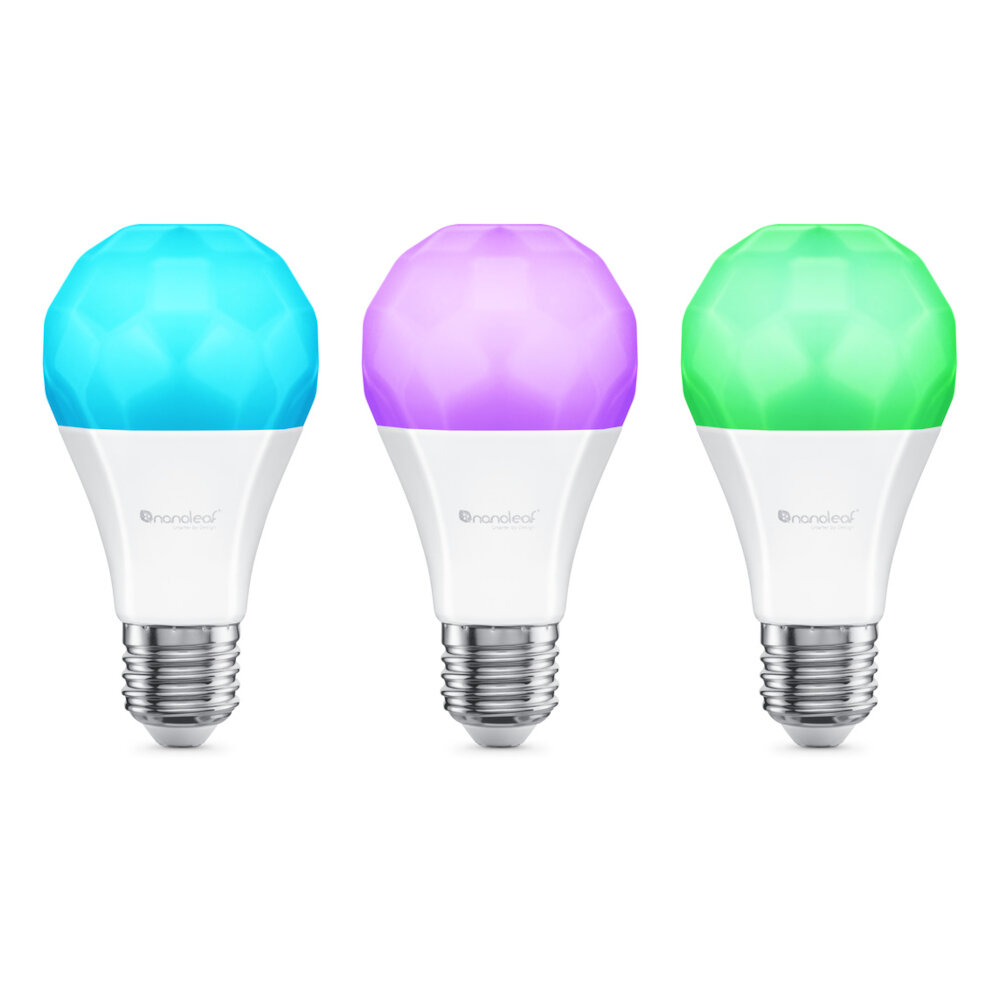
LED light strips have become an increasingly popular lighting solution for many households and businesses. These strips have a longer lifespan than traditional incandescent or fluorescent bulbs, making them a cost-effective option. However, in order to maximize the lifespan of your LED light strips, there are a few tips to keep in mind. Firstly, it’s important to choose high-quality LED light strips. Cheap or low-quality strips may be tempting due to their lower price point, but they will likely have a shorter lifespan and require more frequent replacements. Look for LED strips with a high lumen output, as well as a high Color Rendering Index (CRI) for optimal color accuracy. Another important tip to maximize LED light strip lifespan is to avoid overloading the strip. Overloading can cause the strip to overheat, which can damage the LED chips and shorten the lifespan of the strip. It’s important to calculate the wattage requirement of your strip and use an appropriate power supply to ensure it can handle the load. Additionally, make sure to provide adequate ventilation to the strip to prevent overheating. This can be done by ensuring there is space around the strip for air to circulate or by using a heat sink or fan to dissipate heat. By following these tips, you can help ensure your LED light strips have a long and reliable lifespan.
Proper installation of LED light strips is crucial to ensure their longevity. Before installation, it is important to read the manufacturer’s instructions carefully and follow them accurately. One of the most common causes of LED strip failure is overheating, so it is essential to ensure that they have proper ventilation and are not installed in a location where they can trap heat. Additionally, the surface on which they are installed should be clean and free of any debris or oils to ensure that the adhesive backing can properly adhere to the surface. Proper installation also includes ensuring that the electrical connections are secure and that the power supply is the correct voltage for the LED strip. Taking the time to install LED light strips correctly can greatly extend their lifespan and ensure they provide reliable lighting for years to come.
Adequate ventilation is crucial for the longevity of LED light strips. If LED light strips are not properly ventilated, they can overheat and cause damage to the components, ultimately shortening their lifespan. It is recommended to place LED light strips in a well-ventilated area and avoid enclosing them in a tight space. Additionally, using a heat sink or cooling fan can also help dissipate heat and extend the lifespan of LED light strips. Proper ventilation not only ensures the durability of LED light strips but also helps maintain their brightness and color accuracy over time. Therefore, it is important to prioritize adequate ventilation when installing LED light strips to ensure their optimal performance and longevity.
Maintaining a regular cleaning routine is crucial for extending the lifespan of LED light strips. Dust and dirt accumulation can lead to overheating, which in turn can cause the LEDs to fail prematurely. To prevent this, it is recommended to clean the LED strips at least once every three months. Use a soft, dry cloth to wipe down the surface of the strips, taking care not to apply too much pressure. Additionally, avoid using harsh chemicals or abrasive materials that could damage the LED strip’s protective coating. Consistently cleaning your LED light strips ensures that they will continue to function at their best and last for many years to come.
Overloading is one of the major factors that can negatively affect the lifespan of LED light strips. To avoid overloading, it is crucial to ensure that the electrical load of the LED strip is within the maximum capacity of the power supply. This can be achieved by using a power supply that has a higher wattage rating than the LED strip requires. It is also important to avoid connecting too many LED strips in series, as this can cause voltage drop and lead to overloading. Additionally, it is recommended to use high-quality LED strips and power supplies, as they are designed to handle the electrical load and are less likely to fail prematurely. By taking these precautions, you can extend the lifespan of your LED light strips and enjoy their benefits for years to come.
LED light strips are a popular lighting solution that offers energy efficiency, versatility, and durability. However, several factors can impact the lifespan of LED light strips. The quality of the LED chips, the thickness and quality of the PCB board, the temperature of the environment, and the voltage and current applied can all affect how long the LED light strips will last. Additionally, factors such as exposure to moisture, dust, and UV radiation, as well as the frequency and intensity of use, can also impact the lifespan of the LED light strips. Therefore, it is essential to choose high-quality LED light strips, maintain them properly, and use them in a suitable environment to ensure their longevity.
Proper maintenance is crucial for the longevity of LED light strips. Although LED lights are known for their durability and long lifespan, neglecting maintenance can significantly reduce their lifespan. Dust and dirt accumulation on the surface of the LED light strip can cause overheating, which can lead to malfunctions and damage to the LED chips. It is essential to clean the LED light strips regularly with a soft cloth or a brush to remove any dirt or debris. Additionally, it is crucial to ensure that the LED light strips are not exposed to excessive heat or moisture, as this can also damage the LED chips. By taking proper care of your LED light strips, you can ensure that they last for many years, providing you with efficient and reliable lighting.
Conclusion
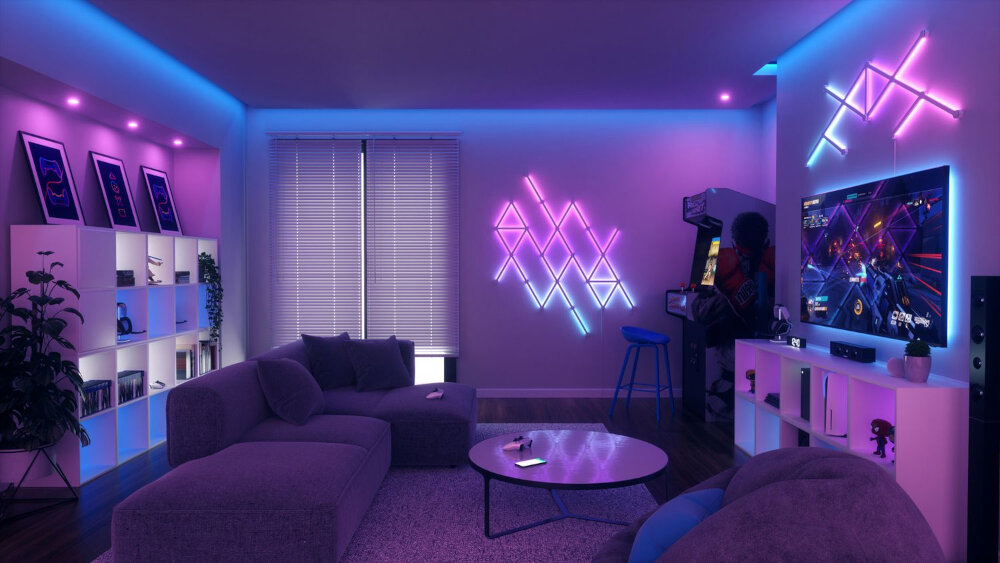
In conclusion, LED light strips offer a long lifespan that is far superior to traditional lighting options. With proper installation and maintenance, these strips can last for up to 50,000 hours, providing a reliable and energy-efficient lighting solution for any home or commercial space. It is important to choose high-quality LED light strips from reputable manufacturers to ensure maximum lifespan and performance. By investing in LED lighting technology, individuals can enjoy long-lasting, cost-effective lighting that is both environmentally friendly and visually appealing.



